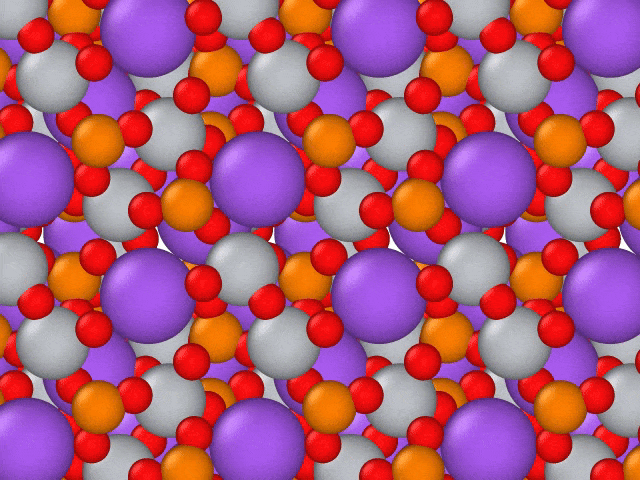There is a huge demand in society for new materials and chemical insights. Materials plays a critical role in our daily lives, forming the foundation of our homes, transportation systems and energy infrastructures.
Many materials consume huge amounts of energy to produce and by designing new materials we can lower carbon footprint, maintain our standard of living and increase the competitiveness of Norwegian industry.
Norway’s new supercomputer, Olivia, provided by Sigma2, is equipped with a large number of state-of-the-art NVIDIA Grace Hopper Superchip GPUs and AMD Epyc Turin CPUs. These cutting-edge components make Olivia the premier resource in Norway for public research computing in fields such as new materials and chemical development.
VASP and Olivia: A Perfect Match for Materials Design
To fully understand, and therefore design, new materials scientists need to have a great model of how their constituent atoms bond, break apart, order themselves, respond to external electronic or magnetic fields or how they give off and receive light. Quantum mechanics can in theory give us predictions for all of this, letting us design materials in the computer before they even reach the lab. However, the complexity of quantum mechanics creates a significant demand for computational compute power.
The Vienna Ab Initio Simulation Package (VASP) is one of the most popular quantum materials simulation tools, but it requires significant computational power to run effectively. Fortunately, Olivia is one of the best resources in Norway for running VASP
One exciting example is the Norwegian Research Council (NFR) project ‘Sosoba,’ where researchers are tackling the challenge of designing next-generation batteries. The project is designing new batteries that replace lithium, an expensive element often mined in ways harmful to people and the environment, with cheap and abundant sodium. To achieve this, they simulate thousands of battery materials to find those that allow sodium ions to diffuse effectively, improving electricity transport and battery performance
Accelerating Discovery with AI and GPU
Until now, the Sobosa project has relied on supercomputer Fram, where each node is equipped with approximately 50 CPUs. Moving this work to Olivia, where nodes are equipped with 250 CPUs computations can be performed up to five times faster, significantly increasing the number of battery materials screened and improving the likelihood of discovering next-generation energy materials.
Many VASP-based projects - from new rare-earth free magnets in the EU ‘MAGNEO’ project, to cast iron alloy design via the IPN ‘SIDI’ project, to catalysts or understanding the geology of the earth - will benefit from VASP on Olivia

The newest aspect of Olivia is the many GPUs it offers, by far the most for any research-based cluster in Norway. Initial testing shows that running VASP on these GH200 Nvidia ‘superchips’ offer results that are even faster than those of the powerful CPUs on offer. GPUs also offer tooling for new ‘AI’ foundation models targeted towards accelerating simulations like VASP.
In one initial study by SINTEF, targeted towards understanding how to make new aluminium alloys easier to recycle, they found that by using a new AI model called ‘MACE’, they were able to get quantum-accurate results with simulations that were 10,000x faster than even VASP using the GPU. These methods often require at least some VASP simulations for training and validation, so Olivia becomes a ‘one-stop-shop’ for running simulations, accelerating them with AI, and then validating the results again.
With Olivia at the forefront of computational research, Norway is equipped to make significant contribution to global innovation in materials science and chemistry, for a more sustainable and efficient future.
Contributor
Daniel Marchand, Researcher at SINTEF Industry and VASP expert at NRIS.